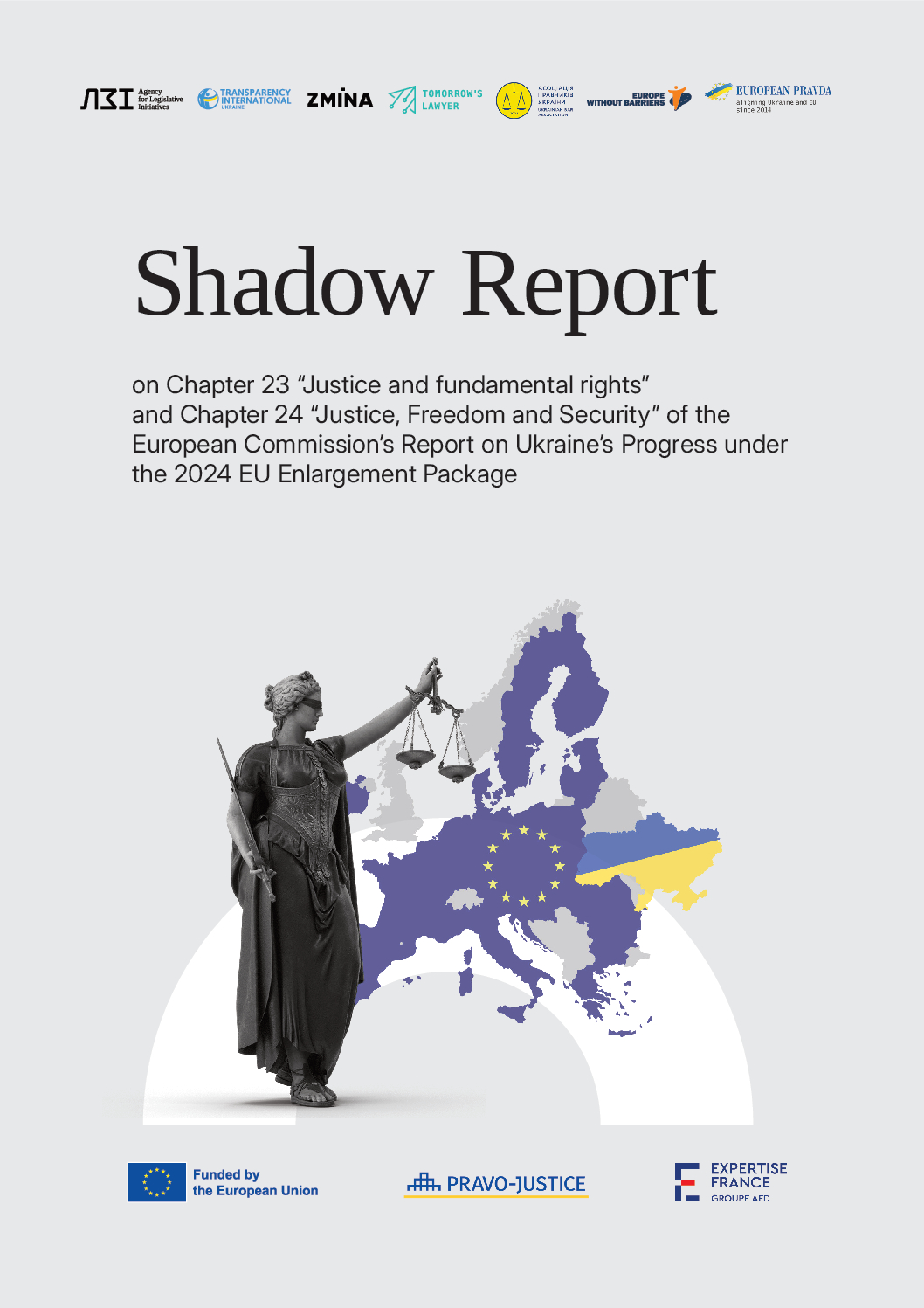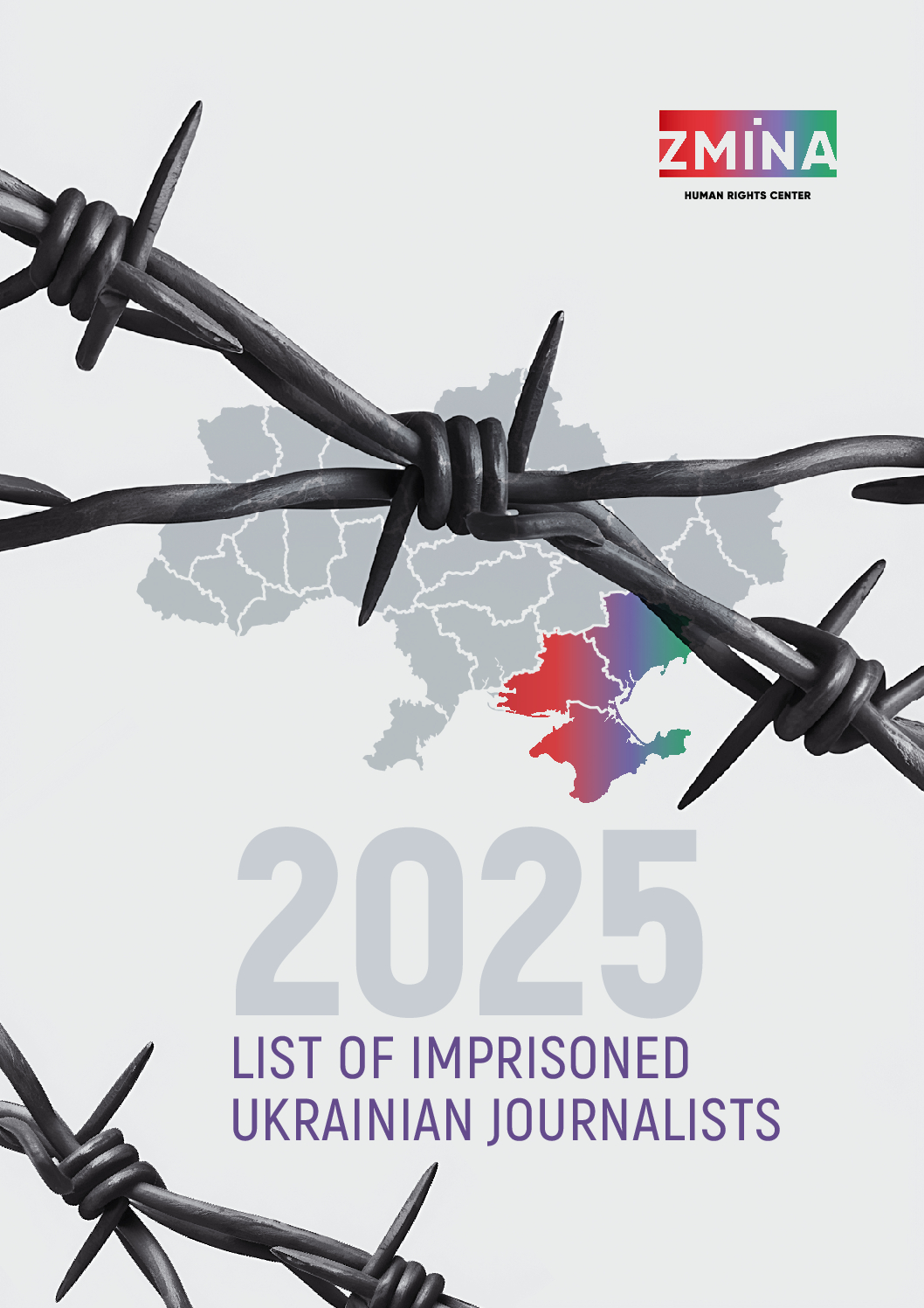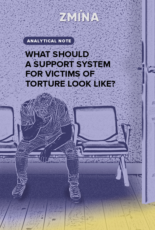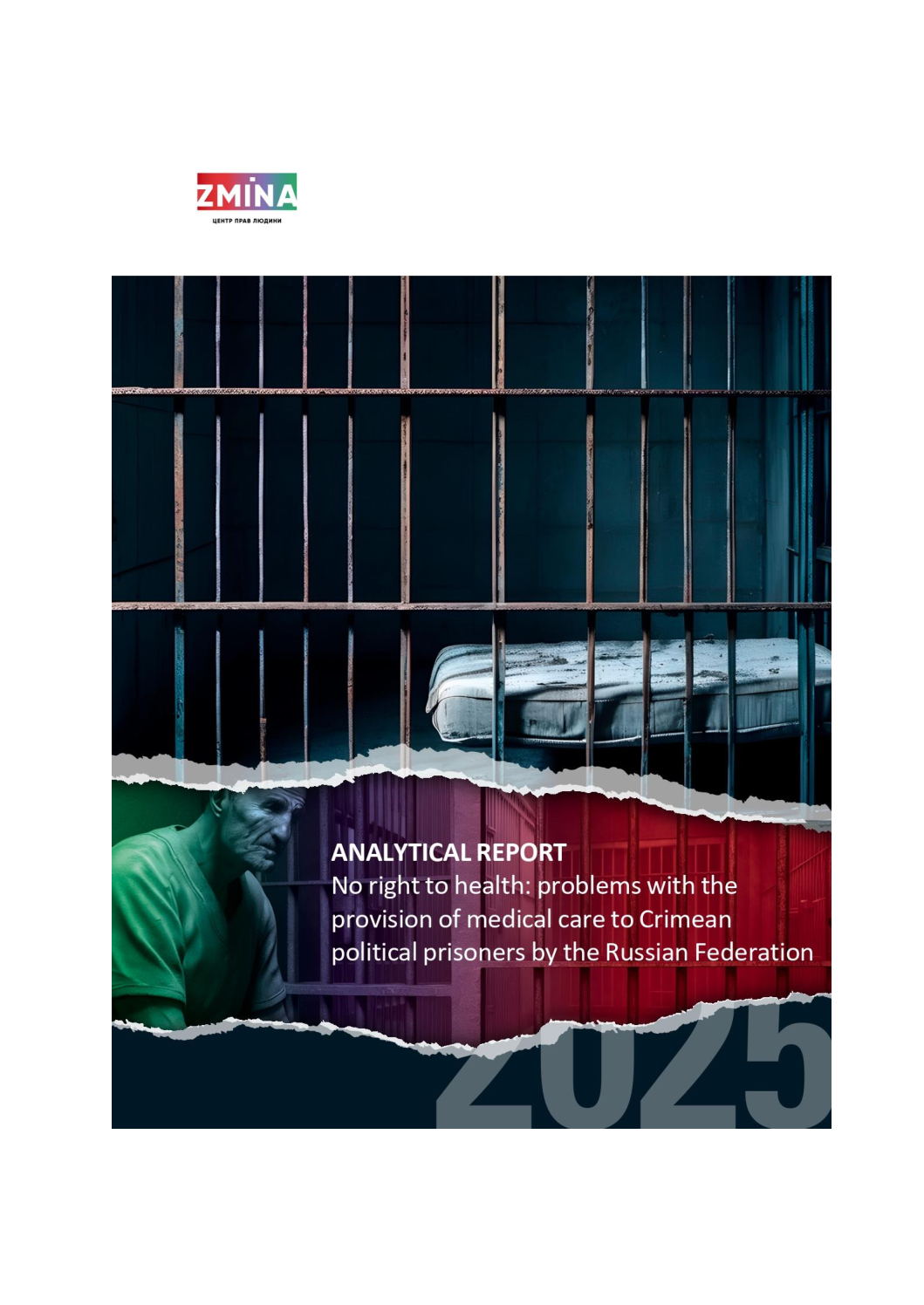How can Ukraine help Ukrainian prisoners deported to Russia return home?
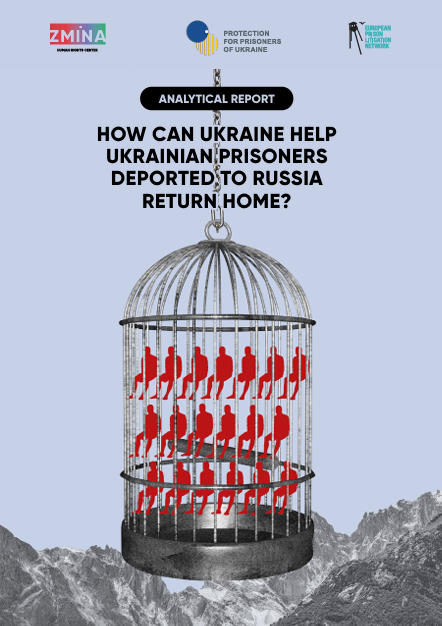
Human rights violations by the Russian Federation during its armed aggression against Ukraine have become systemic and widespread. One of these violations is the deportation of penitentiary institutions and the illegal deportation of prisoners from the temporarily occupied territories (TOT) of Ukraine, which may constitute a war crime and/or a crime against humanity. Prisoners in this case are people in a particularly vulnerable position, as they have restrictions on the exercise of their rights related to the deprivation of liberty, and under these circumstances cannot fully take measures for their own protection, including legal protection.
The problem of forced transfers and deportation of Ukrainian prisoners dates back to 2014 when the occupation of Crimea and parts of the Donetsk and Luhansk regions began. Then, the RF started implementing measures aimed at relocating penal institutions and deporting convicts, and the scale of the problem only grew.
The situation became particularly acute after 24 February 2022, when Russia launched a full-scale armed aggression against Ukraine. The number of prisoners in the occupied territories has increased significantly due to the Russian occupation of new territories. In 2014, there were roughly 16,000 convicts in 36 penitentiary institutions in Donetsk and Luhansk regions, 29 of which were located in the combat zones or in the occupied territories, after February 2022, the number of institutions increased to 47, and the number of prisoners reached about 19,100.
The issue of a systematic solution to the problem of the return of Ukrainian citizens deprived of their liberty in accordance with Ukrainian law and deported to the territory of the Russian Federation remains open.
The objective of this report is to investigate and analyse the illegal deportation of Ukrainian prisoners to the territory of the Russian Federation after 24 February 2022, to identify the methods and measures used by the Russian side to deport people, the key problems they face after returning to Ukraine, and to formulate recommendations to Ukrainian state authorities to address the outlined problems.
The analytical report covers the period from 24 February 2022 to November 2024.

